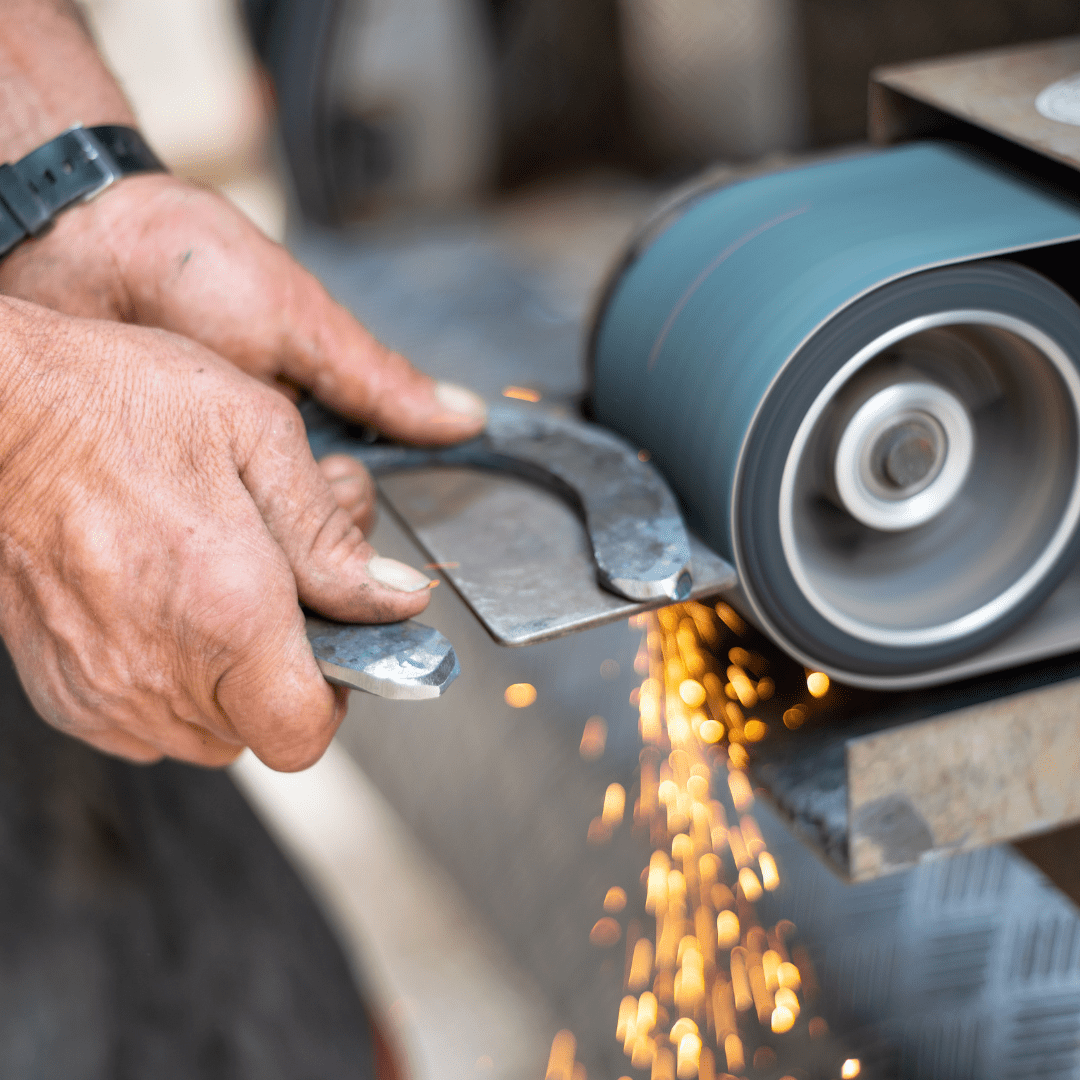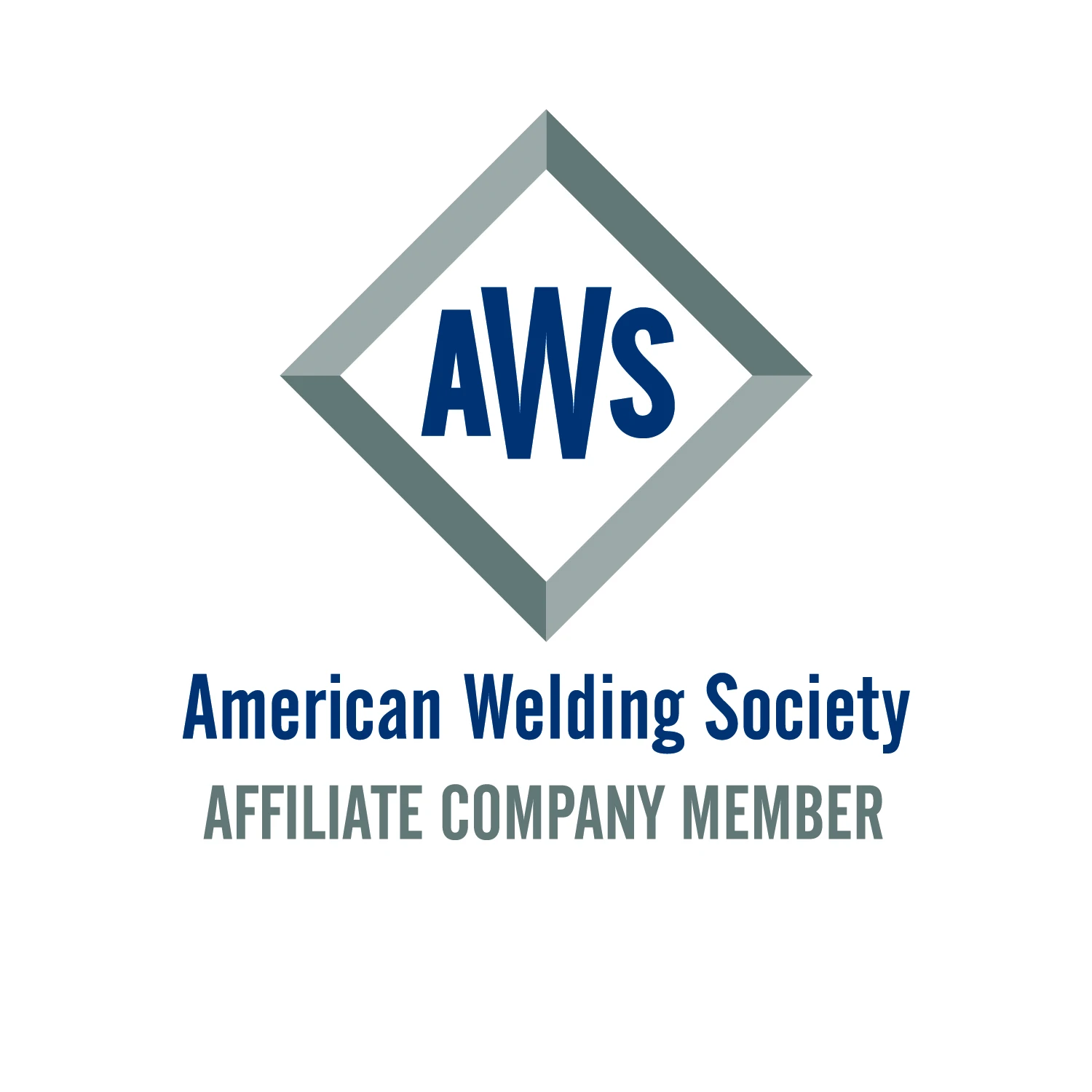New to metal finishing? Consider the different types.
According to ISQ Directory:
The importance of a good finish
“Metal products are found everywhere in our houses at work. In its raw form, plucked from nature, metal is hard, crude, and unattractive. To make the best use of it, it needs to be finished, polished, and processed, which is completed using several procedures and processes. The final stage of metal production is the finishing process where a metal product undergoes techniques to make it more attractive and appealing.
“The term finishing is a general description of multiple processes that can be a simple buffering to adding a special coating to the substrate. Included in the definition of finishing are various methods of cleaning, polishing, and other methods designed to enhance and improve the surface of a metal product. In some cases, electroplating is used as a finishing process where an electrical current places metal ions on the substrate. Though it may not be totally accurate, finishing and plating have been linked as the same process. Plating is an electronic method of placing metal on a conductive surface and is one of many finishing methods. Finishing is an expansive term that refers to a wide range of processes designed to enhance and improve the appearance and benefits of a metal product.
“Metal finishing minimizes wear on metal products and increases its durability, electrical conductivity, chemical and electrical resistance, and increases its vulcanization. Though finishing adds to the aesthetic appeal of metal, it also serves industrial purposes such as resistance to torque and improved ability to be soldered. A primary concern regarding all metals is their susceptibility to corrosion. Finishing severely limits corrosion and serves as a primer when paint needs to be added. Additionally, a thorough finishing can be that extra step of cleaning to remove any defects or deformities.
“Metal producing industries have an array of different finishing methods they use to increase the longevity and durability of products. Using a variety of proven processes designed to bring out the best quality of a metal, finishing is an essential and important part of the final steps in creating quality metal products.
The different kinds of metal finishing
“Though there may be some confusion regarding metal finishing, it is a critical part of metal product production. Metal finishing includes an array of processes such as metal plating, chemical finishing, electroplating, buffing, grinding, sand blasting, and on. They run the gamut from highly complex and technical to the simple use of a buffer. The method of processing depends a great deal on the requirements of the final product as well as its metallic structure and final use.
Different metal finishing techniques:
Plasma Spray Coating
“This plating process, also known as thermal spraying, molten material coats the surface of a workpiece at a very high temperature of up to 10,000 K in heat. The coating is heated rapidly and applied at high velocity and quickly cooling to form a solid hard coating. Plasma spray coating provides protection against high temperatures, corrosion, erosion, and wear. When applied properly, it can change the appearance and electrical properties of the workpiece.
Sand blasting
“Sand blasting performs multiple functions with a single process. The initial reason for choosing blasting is its ability to remove dirt, debris, and particles that can accumulate on a surface during processing. Once the blasting process is completed no other cleaning is necessary, saving time and money. Also, blasting is up to 75 per cent faster than many of the other methods increasing productivity and efficiency. There are a variety of abrasive materials used in the sand blasting process such as aluminum oxide, plastic abrasives, silicon carbide, corn-cob grit, and glass beads. Each of the different materials produces a certain type of finish from a soft satiny look to textured design.
Brushed metal
“The brushed finishing process applies friction to the workpiece removing imperfections while creating a textured grain that leaves a smooth exterior finish. This process is done with fine bristle brushes or an abrasive belt leaving a dull, non-reflective surface. The positioning of the abrasive as well as its type can determine the direction and configuration of the grain. Brushing metals gives them a very distinctive look and removes some of their luster. Varieties of brushed finishes can be produced by using power driven stainless steel wire wheel brushes, brush back sander heads, nylon discs, and various types of abrasive cloth.
Chemical
“There are several types of chemical finishing processes that include washing or dipping metal during the fabrication process. Chemicals used in chemical finishing are proprietary and have very specific and unique properties configured for certain metals. In some cases, they can be used to create a matte surface through chemical etching.
Buff polishing
“Buffing uses abrasive compounds to produce a bright lustrous finish on metals. The abrasive compound is applied to a buffing wheel where the wheel does the finishing. Cut buffing is a coarse process for fine polishing that produces a smooth lined finish. Cut buffing is a difficult process requiring more time, effort, and pressure. Finish buffing removes fine lines producing a bright lustrous surface. It is an easier and quicker process requiring less pressure. Buff polishing rounds out edges and smooths surfaces. Due to the limited range of cloth wheel’s, the process is less effective for applications requiring intricate, fragile, or recessed features.
Metal grinding
“Metal Grinding finishes off rough edges, deburrs, smooths welds, creates sharp edges and can produce unique effects. Handheld or stationary grinding machines with industrial grinding wheels are two common forms of grinding. The principle behind grinding is the use of friction, attrition, or compression to smooth a surface. The type of grinder determines the smoothness of the finished surface. Different grinding methods can be used to create the size, shape, and features of the final product. There is a wide variety of methods that include cylindrical, surface, centerless, electrochemical, and several others. When planning the use of grinding, it is important to decide the proper method for the types of metal and the product.
Metal plating
“Metal plating deposits a metal coating on an object by giving it a negative charge when placed in a metal salt. The positively charged salt ions are attracted to the negatively charged material forming a thin metal coating that adheres to the substrate. It can be completed using electroplating or electroless plating, a process of immersing metal in a metallic solution. Plating a metal surface has several benefits such as improving its corrosion resistance, making it more durable, improving surface friction, and enhancing appearance. An added benefit of coating is using another metal to protect the original metal’s surface. Plating is unlike grinding or buffing since it does not smooth the surface of a metal and is a chemical process.
Powder coating
“Powder coating is a dry finishing process that originated in the 1960’s. Companies are attracted to the process for its high quality, durability, efficient method of production, and compliance to environmental regulations. The process uses a polymer resin combined with pigments, leveling agents, flow modifiers, and additives, which are melted and mixed into a powder similar to baking flour. An electrostatic spray applies the powder to the substrate of the metal piece. After the application, parts are cured in an oven. Powder coating is versatile enough to be applied to non-metal surfaces such as plastic and certain types of fiberboard. The process can also be used to remove defects and deformities.
“The listed methods of finishing are only a few of the many available. Several manufacturers have proprietary processes designed to embellish their metal products with highly appealing finishes that improve and add to the final product’s appearance. What is certain is that all metal producers use some form of finishing.
When choosing a metal finishing process
“With all the factors that are necessary for making a manufacturing decision, it is critical to select a metal finishing process that fits the requirements of your product. All metal finishing types apply a treatment to the surface of a metal or make adjustments to the metal’s surface by a mechanical process. Each has its benefits. Making the choice of the proper method has to be considered carefully.
“Finishing is the final step to producing the proper look and texture for a product that compliments its design as well as providing protection from corrosion, rust, and tarnishing while increasing the products thickness, strength, hardness, and durability. Determining the type of finish can be critical to the value of the final outcome.
“As with any manufacturing and production process, the first consideration is cost. Typical costs of finishing are labor, types of coatings, energy expended, water, various consumables, cleanup, and amount of waste. Aside from the costs associated with a job, there is the fixed cost of the operation and maintenance of the equipment. Another major factor is the type of metal to be fabricated, which can range from stainless steel to various types of aluminum. Each of these elements has to be carefully considered to make the final result profitable.
“Another aspect of the cost decision is the amount of time that will be required to complete fabrication. Electroplating can be very slow and time consuming while buffing and polishing can be completed instantly. This part of the process determines the ability to meet delivery deadlines and affects the supply chain.
“The strength, endurance, and durability of a metal determines how it can be manipulated and fabricated in the finishing process. The strength of metals varies by the various types as well as the different applications and uses. There are several measures available to determine the strength of a metal and if it is right for the job. Yield, ultimate, and breakable strength are three factors to consider. Yield refers to when a metal begins to deform while ultimate is the amount of stress it can endure. Breakable is the stress coordinate.
“A deciding on a finishing process can be critical to a successful metal fabrication project. Making the right decision in the beginning can save time, money, and labor. The resulting appearance of the final product and its viability for its use can be the determining factors.”






